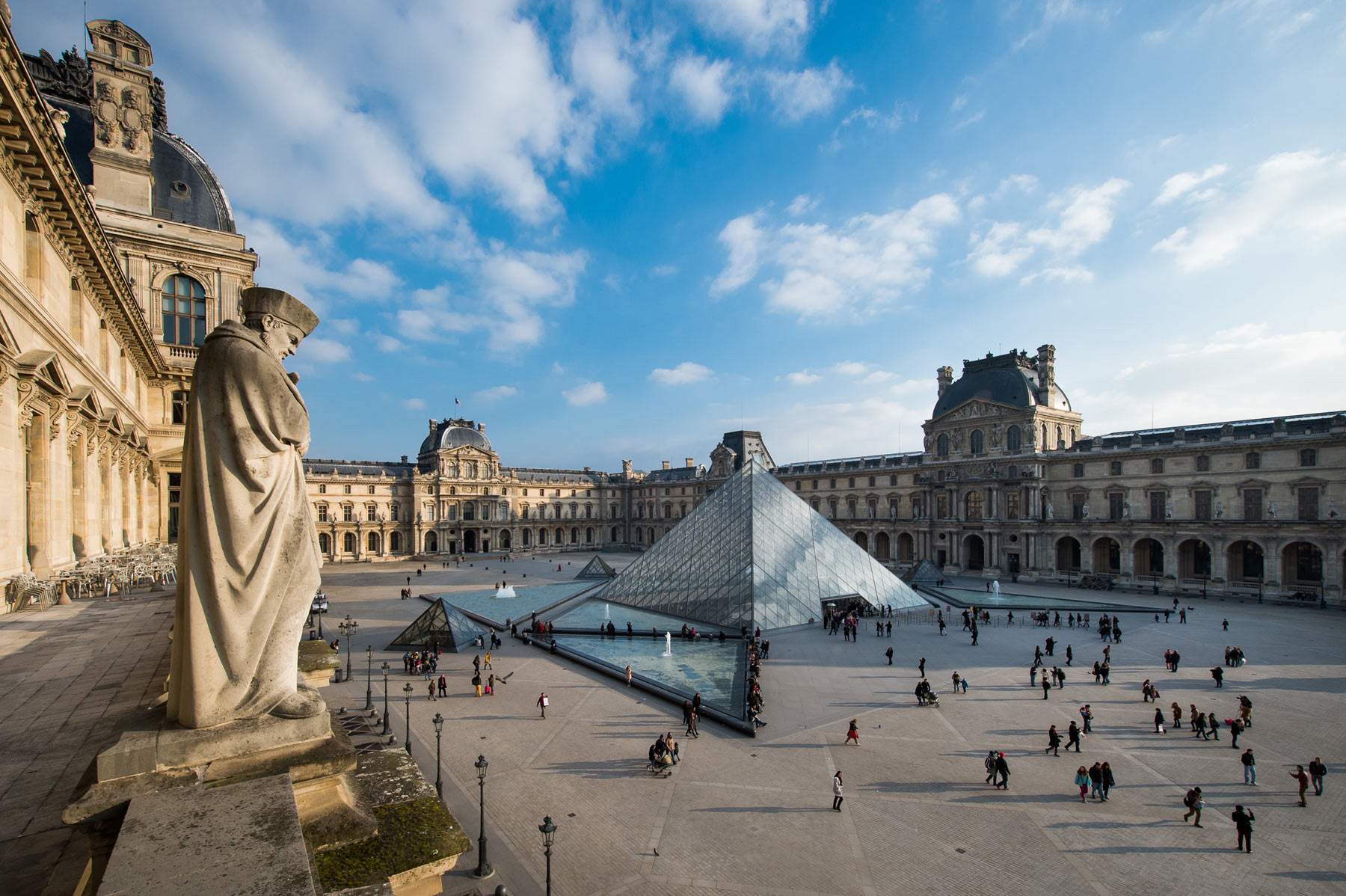Louvre partners with Sotheby's to conduct research on works stolen by Nazis
The Louvre has announced the launch of a collaboration with auction house Sotheby ’s aimed at investigating research into the provenance of museum holdings acquired between 1933 and 1945. The operation will be used to better study the history of the objects that entered the museum during this period and see if there are any pieces that were acquired illegitimately: if so, the museum will take action for due restitution.
“Sotheby’s,” the Louvre explains in a note, “is accompanying the Louvre Museum to support the research undertaken by the latter by offering exceptional support over three years. This partnership will be in favor of research activities on the provenance of the Louvre Museum’s objects and in particular studies that may lead to restitution (digitization, photography, organization of seminars and study days, publications, etc.).” The partnership between the Paris museum and the auction house echoes Sotheby’s commitment to the return of works that changed hands between 1933 and 1945. It was the first international auction house to have a department dedicated to provenance research and restitution.
In fact, Sotheby’s Restitution Department was founded in 1997, a year before the Washington Conference on Stolen Nazi Art, which brought together 44 states and produced eleven principles applicable to artworks confiscated by the Nazis. This is a division of the auction house composed of a team of restitution experts based in London and New York, supplemented by consultants. A large part of their mission is to help the current owners of works of art transferred between 1933 and 1945 research the history of these works and, subsequently, find a solution on potential claims, in the interest of all parties.
Collaborative initiatives between the Louvre and Sotheby’s begin as early as today, on Memorial Day, which falls during the week of the Journées internationales du film sur l’art (Jan. 21-30, 2022). In the Louvre auditorium, starting at 12:30 p.m., there is a continuous screening of films about the spoliations during the Nazi occupation of France. Here are the titles: at 12:30 Renoir et la Petite fille au ruban bleu (by Nicolas Lévy-Beff, 2019, story of a Renoir work, Petite fille au ruban bleu, stolen during World War II); at 3 p.m. Le marché de l’art sous l’occupation (by Vassili Silovic, 2021, a historical investigation resulting from seven years of work by art historian Emmanuelle Polack on the gigantic transfers of works organized by the Nazis during the occupation of France); at 5 p.m. Le catalogue Goering, une collection d’art et de sang (by Laurence Thiriat, 2020, a documentary on the works in the controversial Goering collection, built largely from stolen works).
Finally, on February 2 there will be a study day devoted entirely to provenance research. A relatively recent discipline, provenance research sheds light on the historical passages of works while providing insight into an artist’s body of work. Based on specific case studies, the chain of transmission of ownership of works and cultural property will be examined in light of the German occupation and the Vichy laws. It will also be an opportunity to unravel the history of artworks and trace the history of anti-Semitic spoliation.
 |
| Louvre partners with Sotheby's to conduct research on works stolen by Nazis |
Warning: the translation into English of the original Italian article was created using automatic tools. We undertake to review all articles, but we do not guarantee the total absence of inaccuracies in the translation due to the program. You can find the original by clicking on the ITA button. If you find any mistake,please contact us.




























